At Land we utilize a variety of multidisciplinary tools, techniques and methods to answer diverse questions about multi-level heterogeneity and early developmental mechanisms affecting autism and other neurodevelopmental conditions. These include approaches from in-vivo neuroimaging (MRI, fMRI, EEG, MEG), experimental psychology and social neuroscience, eye tracking, behavioural observation, animal and in-vitro modelling, genomics, bioinformatics, and computational approaches from data science and machine learning.
Our Research Teams
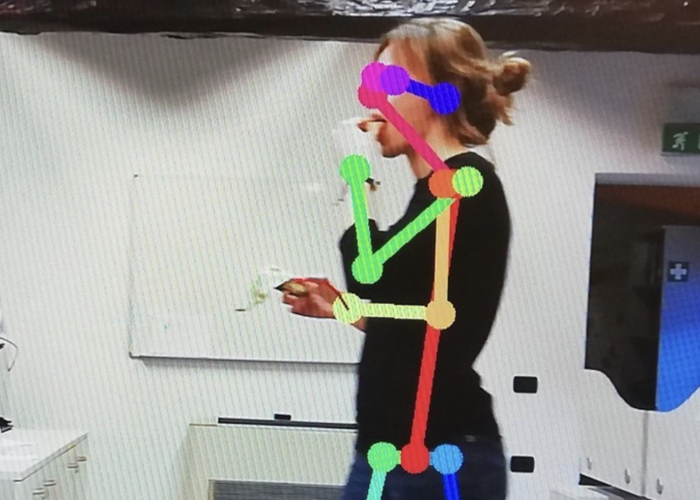
Action
How can we understand autism and other neurodevelopmental disorders by looking at variability in motor behavior and actions?
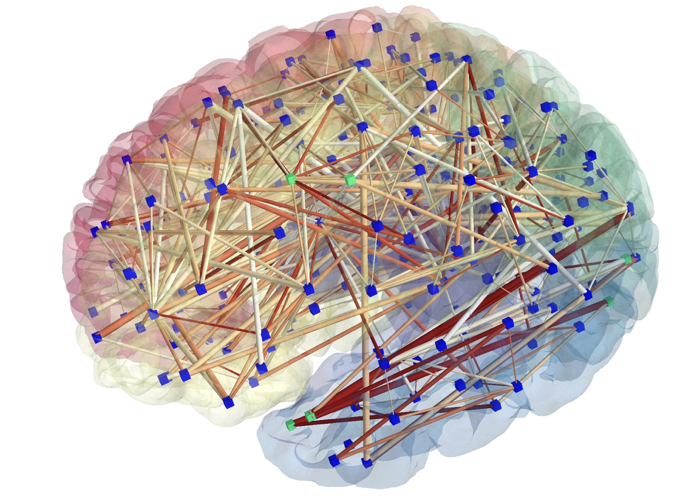
Connectomics
Wiring and firing together in space and time.

Development
Traveling through the 4th dimension.
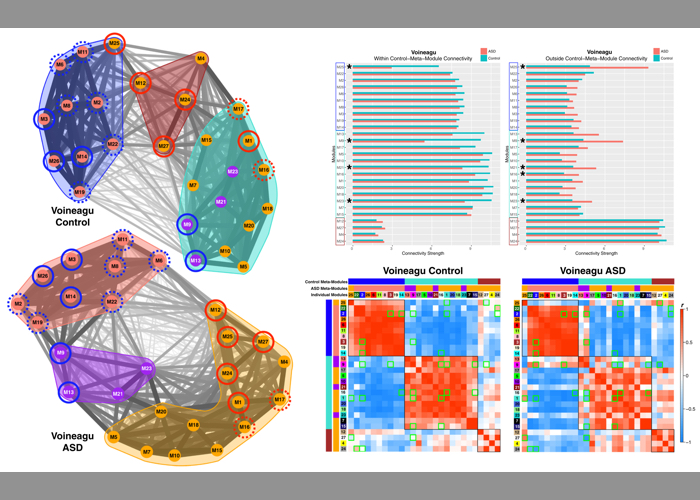
Genomics
Molecular building blocks
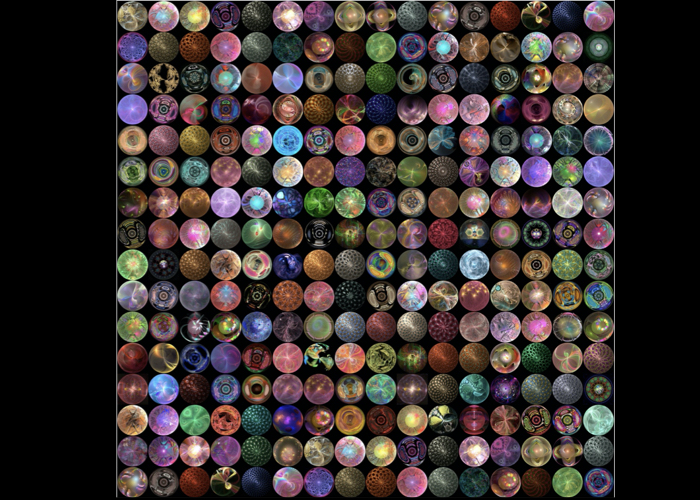
Heterogeneity
All models are wrong, but some are useful.
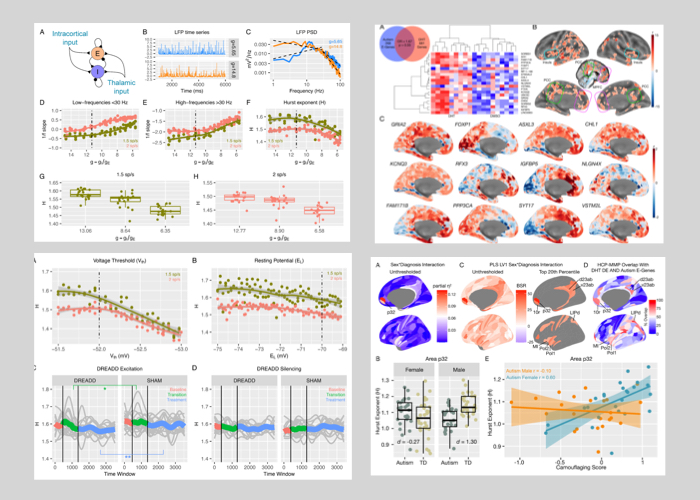
Neural Noise
The complicated tango between excitation and inhibition in the brain.

Outcomes
Endpoints with high clinical relevance and importance.
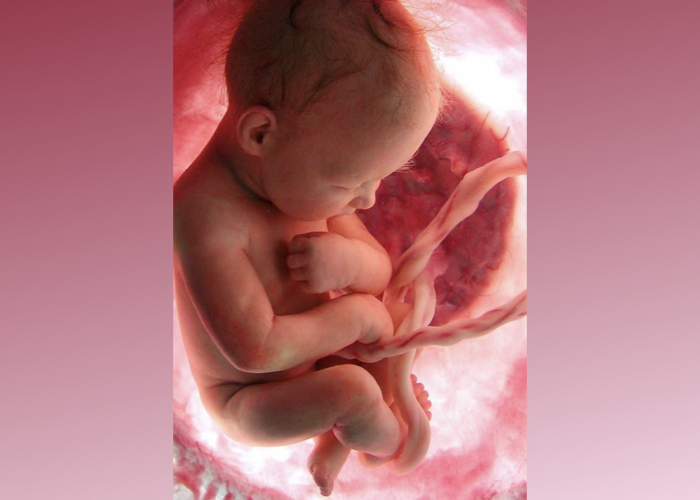
Prenatal
The beginning of life could be the most consequential to later development.

Sex/Gender
Does it matter?

Social
Brains interacting with other brains in context.